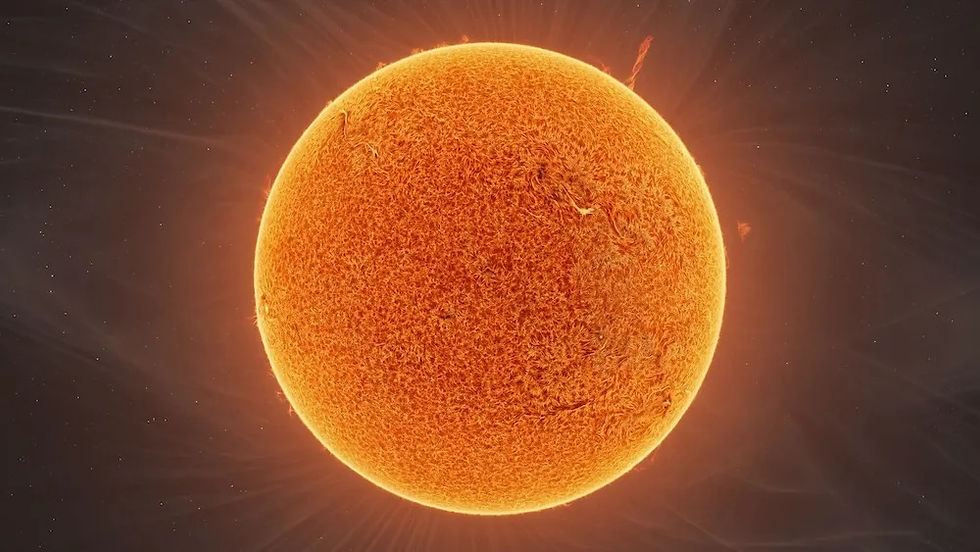A Cosmic Bubble and the Oldest X-Ray Quasar
- Max Nguyen
- Nov 29, 2023
- 1 min read
These past several weeks brought discoveries that stretched both the imagination and the boundaries of our understanding of the universe. Early in the month, astronomers announced the identification of an immense, bubble-like structure in the distribution of nearby galaxies.

Spanning an astonishing billion light-years in diameter, this formation is believed to be the first observation of an individual baryon acoustic oscillation — a ripple from the universe’s earliest moments, stretching outward over billions of years. It’s awe-inspiring to think that these ripples, born in the aftermath of the Big Bang, have shaped the large-scale structure of the universe we see today. This discovery connects us directly to the universe’s origins, offering a glimpse into its early evolution.
Later in the month, researchers unveiled the oldest-known X-ray quasar ever observed, a distant beacon of light from the early universe. Quasars are some of the most luminous objects in existence, powered by supermassive black holes at their centers. Finding one from such a distant and ancient epoch is like peering into a time machine, revealing the conditions of the cosmos when it was still young. This discovery not only aligns with predictions about a new class of distant objects but also provides vital clues about the formation of galaxies and black holes in the universe’s infancy.
These breakthroughs were a celebration of exploration on the grandest scales. From the vast expanse of a cosmic bubble to the ancient light of a quasar, these discoveries remind us of the incredible stories hidden within the universe.



Comments